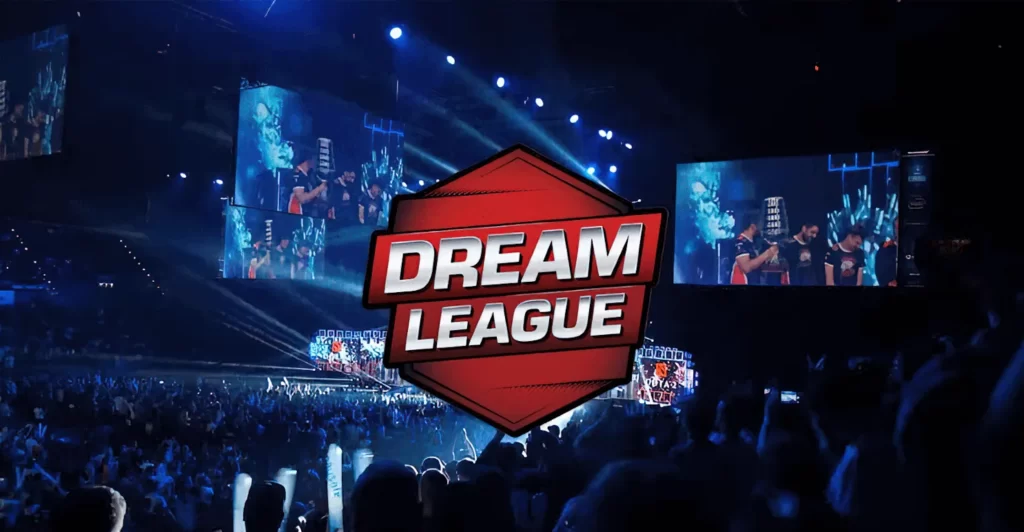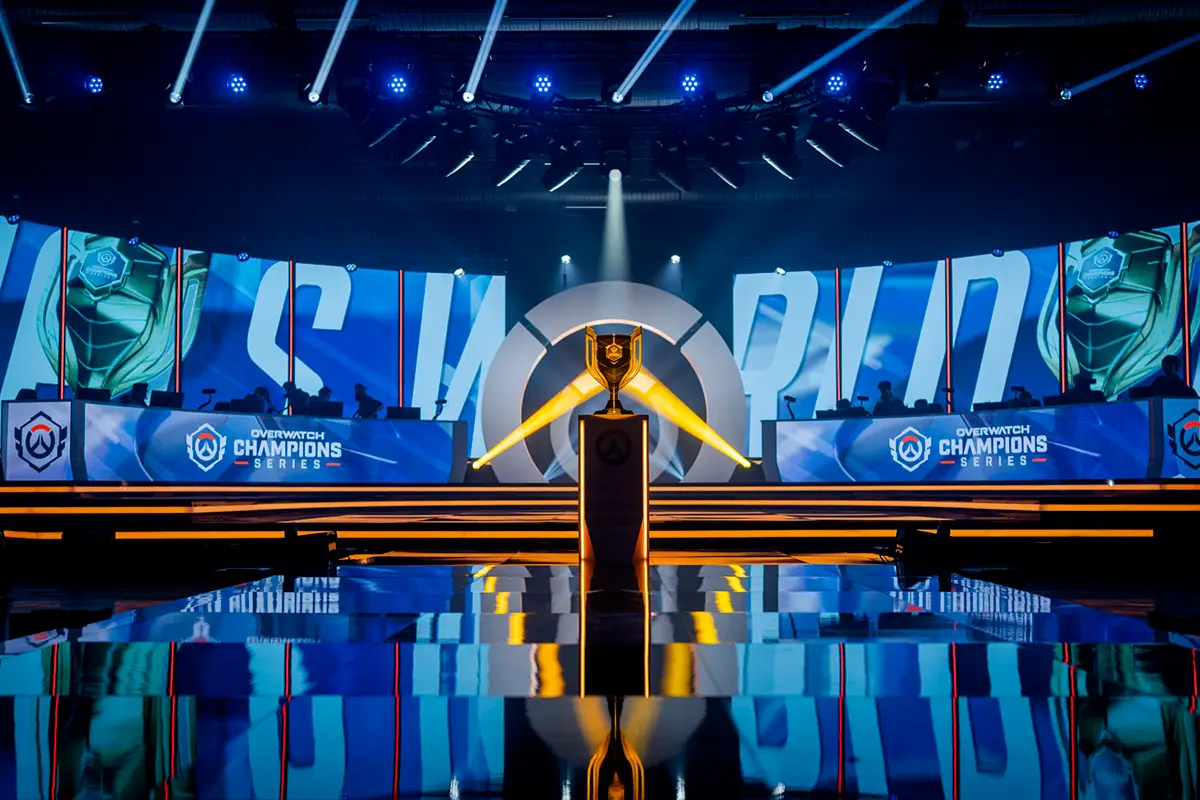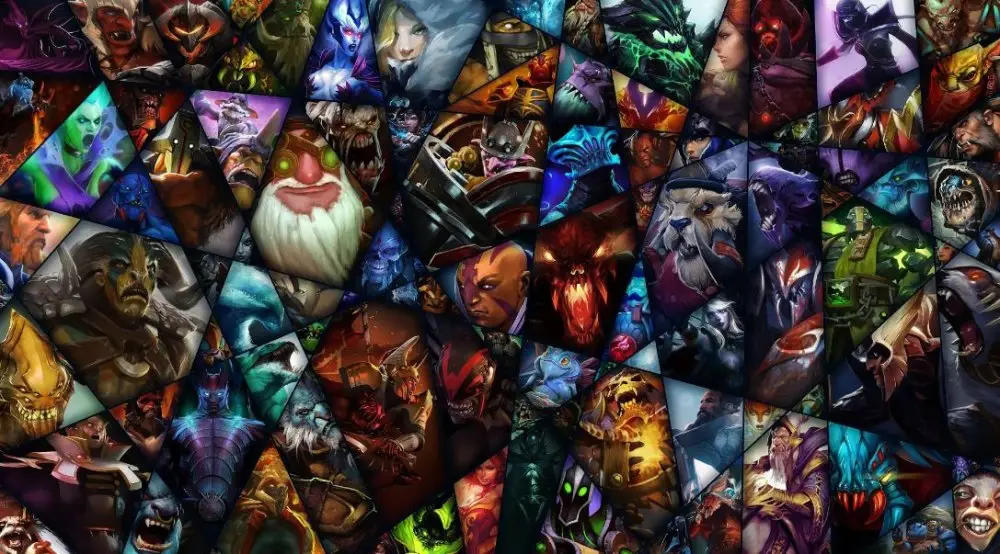The battle of the titans has already begun: the DreamLeague Season 24 tournament has become an event that millions of fans around the world have been waiting for. This is not just another competition. This is a battle where the best of the best show what they are capable of in the most spectacular game — Dota 2. The tournament is already underway, and passions are running high! What you need to know about the participants, the schedule, and how to enjoy this eSports show.
DreamLeague Season 24 participants — a star casting in action
The best teams have gathered here, and each of them is ready to defend their titles and capture the coveted DreamLeague prize pool. Who is participating in Season 24? Among the contenders for victory are such teams as Team Secret, OG, and PSG.LGD. Each group came with its own unique strategy and honed skills, which makes the tournament even more unpredictable.
Key participants and their tactics:
- Team Secret — experience and desire, backed up by analytics and many years of practice. Team Secret’s playstyle is all about creating flexible and multifaceted strategies that can adapt to any changes on the map. Their analytical approach to each opponent helps them find weaknesses and exploit them effectively.
- OG – Known for their bold moves and risky strategies that often leave viewers stumped. OG is a team that can make unexpected choices and rely on incredible hero combinations. Their style is characterized by a high degree of coordination and a willingness to take risks.
- PSG.LGD is a team that always aims for dominance. Their strategic approach and deep analysis of the game often give them a significant advantage, especially when it comes to map control and resource allocation.
Team Approaches: How They Prepare for Matches
Each of the DreamLeague Season 24 teams prepares unique strategies, including the following key techniques:
- Opponent Analysis: Deeply studying the opponents’ play styles to prepare countermeasures. Teams study their opponents’ games to identify patterns and weaknesses.
- Mental preparation: stress management training and a winning mindset. Esports players focus not only on physical skills, but also on mental preparation, which helps maintain emotional balance in tense situations.
- Unique hero picks: creating unusual combinations to gain a tactical advantage. Teams often pick heroes that are rarely seen in the current metagame to surprise the opponent and impose their game.
DreamLeague schedule – when and where to watch games
 Every day is a new page in the history of eSports. The DreamLeague Season 24 schedule is designed so that all fans can follow the tournament in real time. The matches are held in several stages: group stage, semi-finals and, finally, the final, which promises to be a real culmination. All battles are broadcast on popular streaming platforms. This allows everyone to touch the greatness of Dota 2.
Every day is a new page in the history of eSports. The DreamLeague Season 24 schedule is designed so that all fans can follow the tournament in real time. The matches are held in several stages: group stage, semi-finals and, finally, the final, which promises to be a real culmination. All battles are broadcast on popular streaming platforms. This allows everyone to touch the greatness of Dota 2.
Schedule:
- Group stage: daily matches held in the BO3 (best of three) format. All teams participate in the group stage, divided into two groups. Based on the results of each game, points are awarded, which determine who will continue on to the playoffs.
- Semi-finals: teams that take the first positions compete in the BO5 format. The semi-finals are the culmination of the group stage, where only the strongest teams remain. In these matches, every mistake is taken into account, and the slightest advantage can be decisive.
- Final: The decisive match in the BO5 format that will determine the champion. The final always attracts the largest number of viewers, because it decides the fate of the tournament and the distribution of the main prizes.
Where and how to watch the games:
- The main stream on Twitch – the best commentators cover every moment, analyze strategies and share insights.
- YouTube is an alternative for those who prefer to watch recordings. The platform allows you to watch matches at a convenient time, return to interesting moments and follow the comments of experts.
- Russian-language broadcasts are available for fans from Russia, providing commentary from leading analysts. Commentators with extensive experience and knowledge of game mechanics make the broadcasts truly exciting.
The prize pool and its impact on the course of events
Serious motivation requires serious investment. The prize pool of DreamLeague Season 24 has reached incredible heights, and this makes the participants give it their all. The tournament fund not only provides financial support, but also motivates players to reveal their full potential. Everyone is looking for not only money, but also fame, which will ensure the status of a legend:
- The winner will receive $500,000 and a direct ticket to the next major tournament. This significant win motivates teams to make bold and unconventional moves, increasing the spectacle of the matches.
- The finalists will split the remaining amount, ensuring an even distribution of resources to prepare for future tournaments. These funds help teams improve training conditions, hire professional analysts and expand the roster.
Dota 2 and DreamLeague – the perfect combination
The DreamLeague Dota 2 tournament has become a kind of symbol of global eSports. Each meeting is a battle not only of heroes, but also of minds. Strategic combinations, interesting picks and unexpected turns make the competition so exciting. The competition has always stood out from others in its atmosphere, quality of organization and level of competition.
Features:
- Unexpected hero picks: participants choose heroes that were little used in previous matches to surprise the opponent. This often leads to unexpected, but very interesting tactical decisions on the map.
- Focus on the macro game: Map management and resource control are the keys to victory in DreamLeague Season 24. Teams constantly compete for control over important points on the map, such as Roshan, jungle camps, and strategic towers.
- Flexible tactics: Adapting strategies during the match depending on the actions of the enemy. This requires high coordination and instant reactions of the entire group, which makes matches incredibly tense and exciting.
Why DreamLeague Season 24 always exceeds expectations
Season 24 raises the bar for esports competitions. The organizers provided high-quality coverage of the battles, and the participants demonstrate an incredible level that does not leave the audience indifferent. The atmosphere emphasizes the importance of Dota 2 as the main esports discipline of our time. The tournament attracts not only amateurs, but also newcomers who are starting their journey in esports thanks to the exciting spectacle.
Conclusion
 DreamLeague Season 24 is an event that will always be remembered by Dota 2 fans. The competition demonstrates how far cybersport has come and sets new quality standards for future competitions. The game continues, and each match brings us closer to the answer to the main question: who will be the champion? Regardless of the outcome, the participants have already become part of history. Their efforts and their desire to win inspire new players. It’s a passion, a career and a whole world waiting for its heroes.
DreamLeague Season 24 is an event that will always be remembered by Dota 2 fans. The competition demonstrates how far cybersport has come and sets new quality standards for future competitions. The game continues, and each match brings us closer to the answer to the main question: who will be the champion? Regardless of the outcome, the participants have already become part of history. Their efforts and their desire to win inspire new players. It’s a passion, a career and a whole world waiting for its heroes.
 en
en  de
de  ar
ar  es
es  nl
nl  hi
hi  fr
fr  it
it  pt
pt  el
el 










